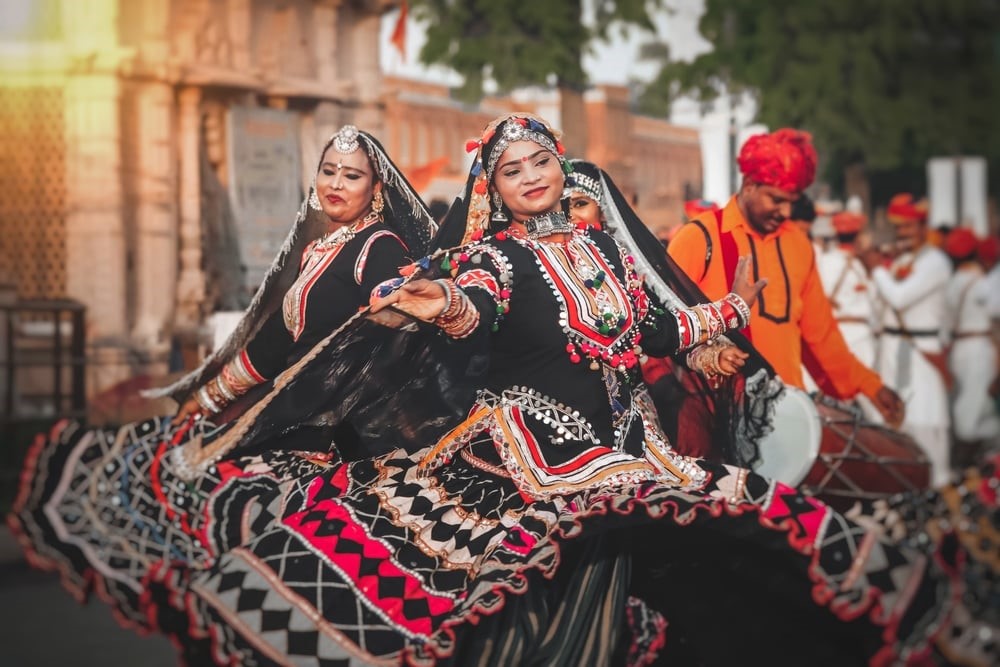Free Courses Sale ends Soon, Get It Now


Free Courses Sale ends Soon, Get It Now



Disclaimer: Copyright infringement not intended.
Context
Details
Legend
Cultural Significance
Dance and Music:
Costumes and Attire:
Challenges
Religious and Social Traditions
Conclusion
The Kalbeliya community's vibrant dance, music, and rich cultural practices continue to be an integral part of Rajasthan's cultural landscape. Despite challenges, efforts to preserve and celebrate their heritage remain ongoing, ensuring the legacy and significance of their traditions for generations to come.
|
PRACTICE QUESTION Q. Discuss the cultural significance and evolution of the Kalbelia dance form in Rajasthan. (250 Words) |
© 2024 iasgyan. All right reserved